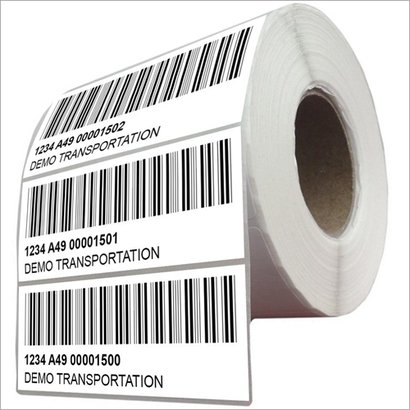![]()
Barcodes are being used widely. They are stacked on your bookcase, on the bathroom counter, and in your kitchen cabinets. Consumers are so accustomed to barcodes that they may scan them to complete self-checkouts at grocery stores. Barcodes have spread so widely that they are sometimes overlooked. Since their creation more than 70 years ago, barcodes have developed into a crucial tool for businesses to improve the efficiency of their sales and inventory management processes and track products. Many companies have found this technology essential to their success, yet few consider how best to use the standard barcode.
What is a barcode?
A printed set of parallel bars or lines with various widths is called a barcode which is used to input data into a computer system. The bars usually have a white background with black text, and the width and number depend on the program. Although some codes use four widths, the majority of these codes only use thick and thin bars. A barcode’s base also prints out the digits it stands for. A computer system’s optical laser scanner component reads barcode data. The barcode is pushed manually across a scanner incorporated into a checkout counter or other surface, or a handheld scanner or barcode pen is used. The computer then stores or performs an immediate action. When a customer purchases, grocery retailers use the codes to collect price and other information about the item. When a customer checks out at a regular supermarket, a scanner scans a product’s barcode to identify it. A computer then searches the product’s price and enters that number into the cash register, which becomes the customer’s bill. Barcodes are popular because they provide an immediate and obvious return on investment. Let’s examine the main advantages that firms can get from barcodes:
Benefits of barcodes in businesses
Significant control of inventory: Barcodes enhance inventory control and reduce irrational product spending. When evaluating inventory positions or demand trends, employees may always locate the most recent information, allowing for more intelligent purchasing and discounting decisions. Long-term profitability is increased due to decreased inventory carrying costs and obsolete inventory.
Real-time data: When an employee scans a barcode, the company’s enterprise resource planning or business management system instantly changes inventory and sales figures. A company may immediately determine useful indicators like inventory turn, the value of inventory on hand, or sales per week by item, thanks to constant access to up-to-date data.
Accurate information: There is far less potential for error when barcodes are used to automate the human entry of product information upon receiving. Associates only need to swipe the barcode across the scanner, whether it is at a warehouse or a retail store. Barcode mistakes are incredibly uncommon.
Low-cost investment: Barcodes are incredibly valuable since they require a much smaller initial investment than systems that deliver equivalent advantages. For a modest cost, businesses can produce a limited number of barcodes for internal usage, and as their demands expand, the price of the enabling technology stays affordable. At low costs, companies can easily get barcodes made by a barcode graphic designer.
Saves time: Usage of barcodes incredibly saves retailers and store managers time calculating the cost as the machine automatically does. Using a barcode machine is exceptionally accessible and uncomplicated once an employee gets thorough training about barcodes.
